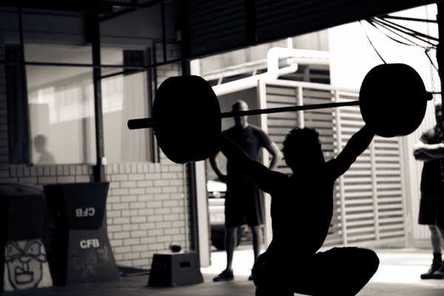Progressive Overload & Its Importance
Progressive overload is one of the biggest keys to achieving strength and muscle mass gains. There are a lot of people who either do not realize this, don’t realize they are doing this, or completely leave it out and don’t know what it is. If you’re a trainer or even just a gym rat who loves to work out and you do not understand the concept, read this now or forget about improving in the gym! Broken down into a simple term progressive overload is either increasing weight, increasing sets, increasing reps, increasing intensity, increasing duration, increasing frequency or decreasing rest periods as you work through a program. If you do not have a program and you are just performing random workouts at the gym, get a program ASAP, it will benefit you tremendously. I see a lot of people who come to the gym and repeat the same couple workouts they know day in and day out but they never change anything about it, then they go home and look in the mirror wondering why they aren’t growing. This is because you are leaving out this key concept.
What you are actually doing when acting upon progressive overload is
increasing the demands of your musculoskeletal system by making the exercise
heavier, longer, or more challenging each time you perform it. It seems like
common knowledge that you must lift more and heavier throughout time to get
bigger and stronger, but many people do not realize this. Progressive overload
doesn’t just apply to weight and resistance training but can work well with
cardiovascular training as well. Using progressive overload with all types of
training can benefit you with strength and mass gains but also strength in your
bones and connective tissues and physiological changes throughout the body.
This is why having a program that is made specifically to you to get you
to your goal is huge and why cutting a program out of a muscle mag is not always
a good way to get somewhere. Also one of the most important things about staying
on a workout program is recording progress as you go, this means writing down
all your increases whether that be time, weight, sets, etc. Workout programs
should last anywhere from 4-8 weeks and allow you to improve (progressively
overload!) along the way.
Best thing for you to do now is figure out how you will start to use
progressive overload in your workout program. Some people like to increase
weights as they go and think that will serve them best because they are looking
for strength, whereas some increase duration and decrease rest periods because
they are an endurance athlete. Some might want to incorporate multiple ways of
overload, which is fine and can actually be beneficial by confusing the body and
allowing it to grow. Either way progressive overload can fit into anybody’s
program you just need to figure out how you will perform it and how you will
track your progress.


